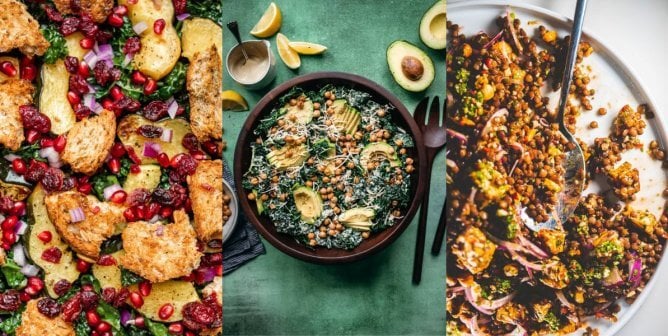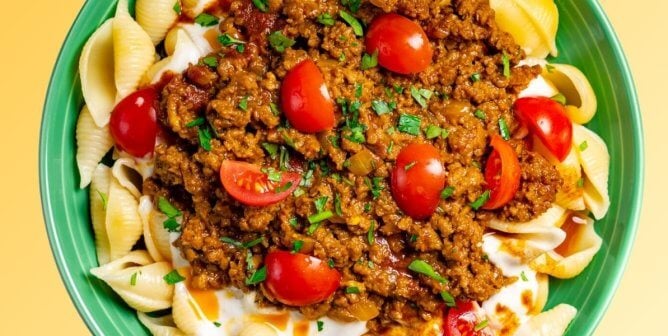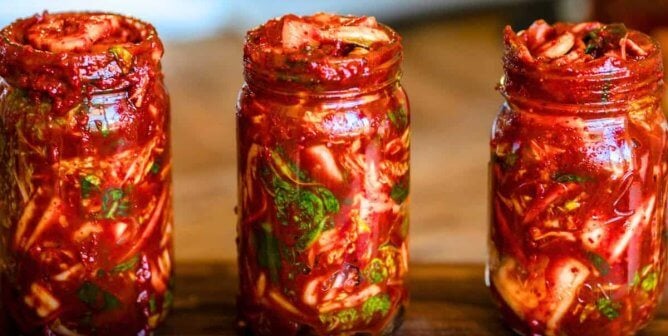The Climate Crisis and Animal Agriculture, Explained
While using public transportation, shopping with reusable bags, and taking shorter showers are all commendable, none of these actions has as big an impact on the environment as what you eat does. When it comes to the climate crisis, animal agriculture is a leading culprit.
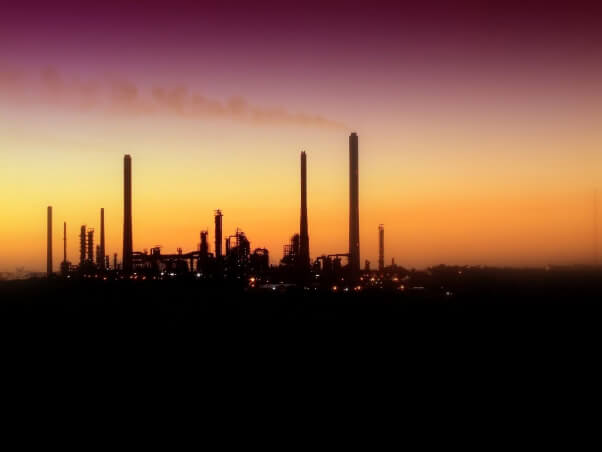
It’s simple, really:
- Water and land are used to grow crops to feed animals.
- Those crops and water are used to bulk up animals for slaughter.
- The animals emit noxious levels of CO2, methane gas, and excrement that pollute our air and waterways.
- Animals are transported in semi-trucks and processed in large factory-style slaughterhouses, and their body parts are packaged and shipped across the country.
Of all the agricultural land in the U.S., 80 percent is used to raise animals for food and grow grain to feed them—that’s almost half the total land mass of the lower 48 states! On top of that, nearly half of all the water used in the U.S. goes to raising animals for food.

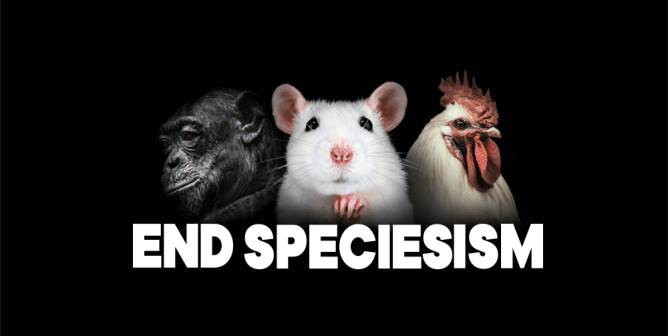
The billions of chickens, turkeys, pigs, and cows who are crammed onto factory farms produce enormous amounts of methane, both during digestion and from the acres of cesspools filled with their feces.
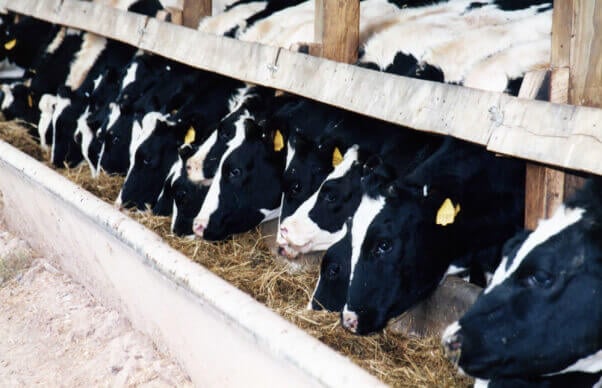
Scientists report that every pound of methane is more than 84 times as effective as carbon dioxide is at trapping heat in our atmosphere. The U.S. Environmental Protection Agency shows that animal agriculture is the single largest source of methane emissions in the U.S.

Burning fossil fuels (such as oil and gasoline) releases carbon dioxide, the primary gas responsible for the climate crisis. Producing 1 calorie from animal protein requires 11 times as much fossil fuel input—releasing 11 times as much carbon dioxide—as does producing 1 calorie from plant protein.

The National Audubon Society, the Worldwatch Institute, the Sierra Club, the Union of Concerned Scientists, and even Al Gore’s Live Earth say that raising animals for food damages the environment more than just about anything else that we do. Cattle ranching is the single biggest cause of deforestation in the Amazon rainforest, accounting for 80% of it. The good news is you don’t have to buy a hybrid car or let “the yellow mellow” in the toilet all day in order to make a difference. You have the power to help the planet every time you sit down to eat!

